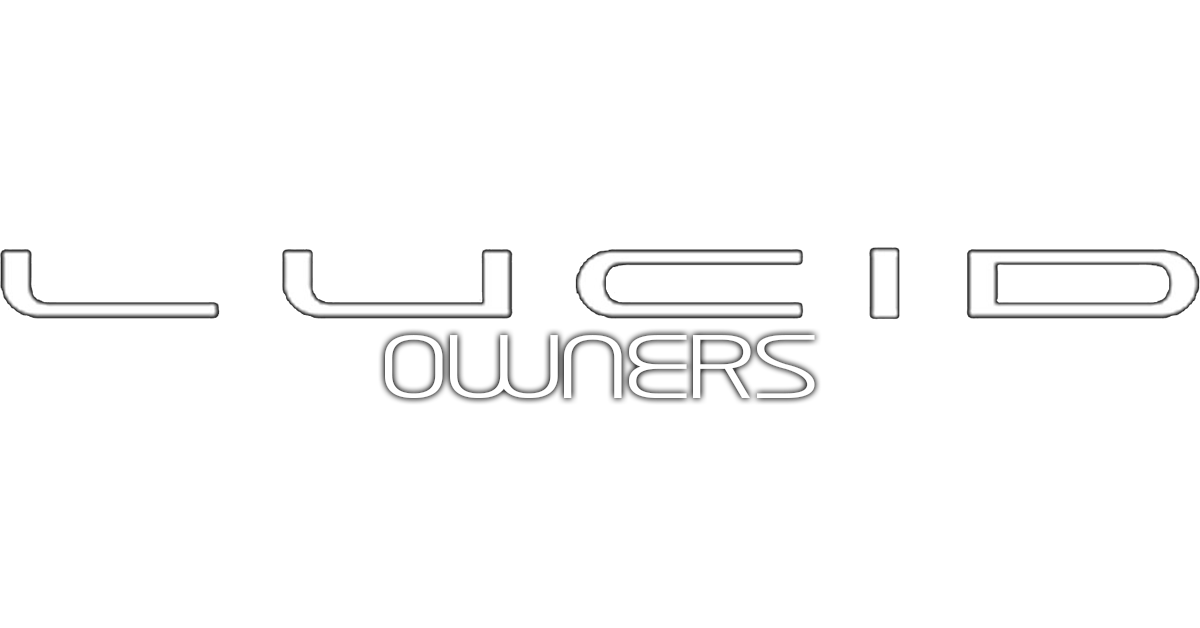From our wonderfully handsome and lovely moderator @joec
1) Speed - The number one factor on your efficiency is how fast you are going. Drag increases exponentially with speed, not linearly. So the difference between 70 mph and 80 mph is huge. Keep it under 70 or 75 if you can.
2) Outside temperature - You will not get as good mileage in the cold as you do in the warmer months. Even if you aren't running heat or AC, the battery has to be kept at an optimal temperature, which costs energy.
3) Inclement weather - Rain or snow will definitely cut your range, because it adds friction
4) Wind speed - Driving into a headwind, of course, will effect your range
5) Elevation - Climbing up can cost quite a bit. But assuming you are coming back down on the way back, it should almost even out. You can usually gain energy on the way down a mountain, thanks to regen.
Having said all this, my Touring can still get between 250-280 miles in the dead of winter. If I keep my speed down. If I drive without regard for my speed, my numbers would be in line with what you are reporting.
Also, pro tip: Pay no attention to the "miles" on your car. Switch to percentage. Percentage is based on your actual battery percentage. Miles is an estimate based on ideal EPA conditions, which you are clearly not driving in.
Lean to calculate your remaining miles based on your current percentage and your recent efficiency. It'll be far more accurate.
1) Speed - The number one factor on your efficiency is how fast you are going. Drag increases exponentially with speed, not linearly. So the difference between 70 mph and 80 mph is huge. Keep it under 70 or 75 if you can.
2) Outside temperature - You will not get as good mileage in the cold as you do in the warmer months. Even if you aren't running heat or AC, the battery has to be kept at an optimal temperature, which costs energy.
3) Inclement weather - Rain or snow will definitely cut your range, because it adds friction
4) Wind speed - Driving into a headwind, of course, will effect your range
5) Elevation - Climbing up can cost quite a bit. But assuming you are coming back down on the way back, it should almost even out. You can usually gain energy on the way down a mountain, thanks to regen.
Having said all this, my Touring can still get between 250-280 miles in the dead of winter. If I keep my speed down. If I drive without regard for my speed, my numbers would be in line with what you are reporting.
Also, pro tip: Pay no attention to the "miles" on your car. Switch to percentage. Percentage is based on your actual battery percentage. Miles is an estimate based on ideal EPA conditions, which you are clearly not driving in.
Lean to calculate your remaining miles based on your current percentage and your recent efficiency. It'll be far more accurate.
